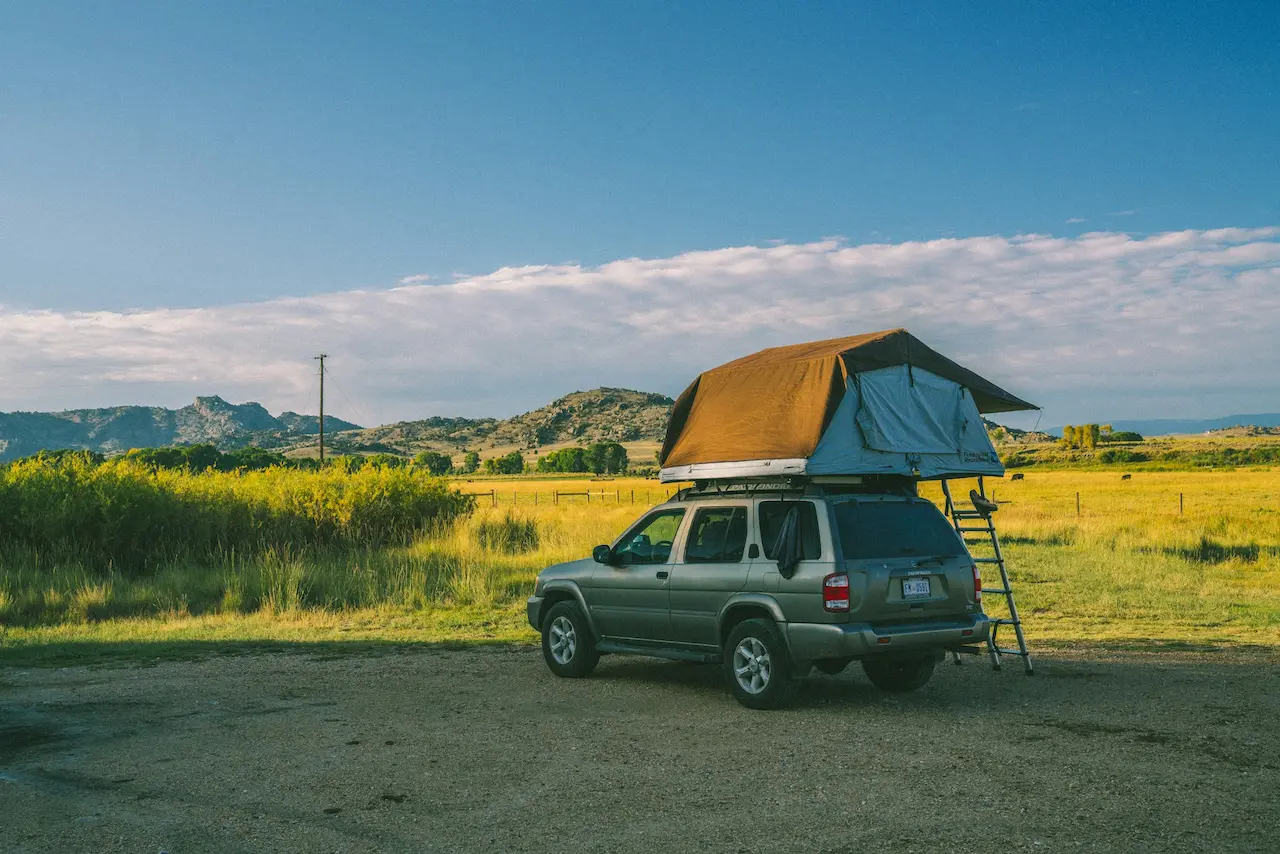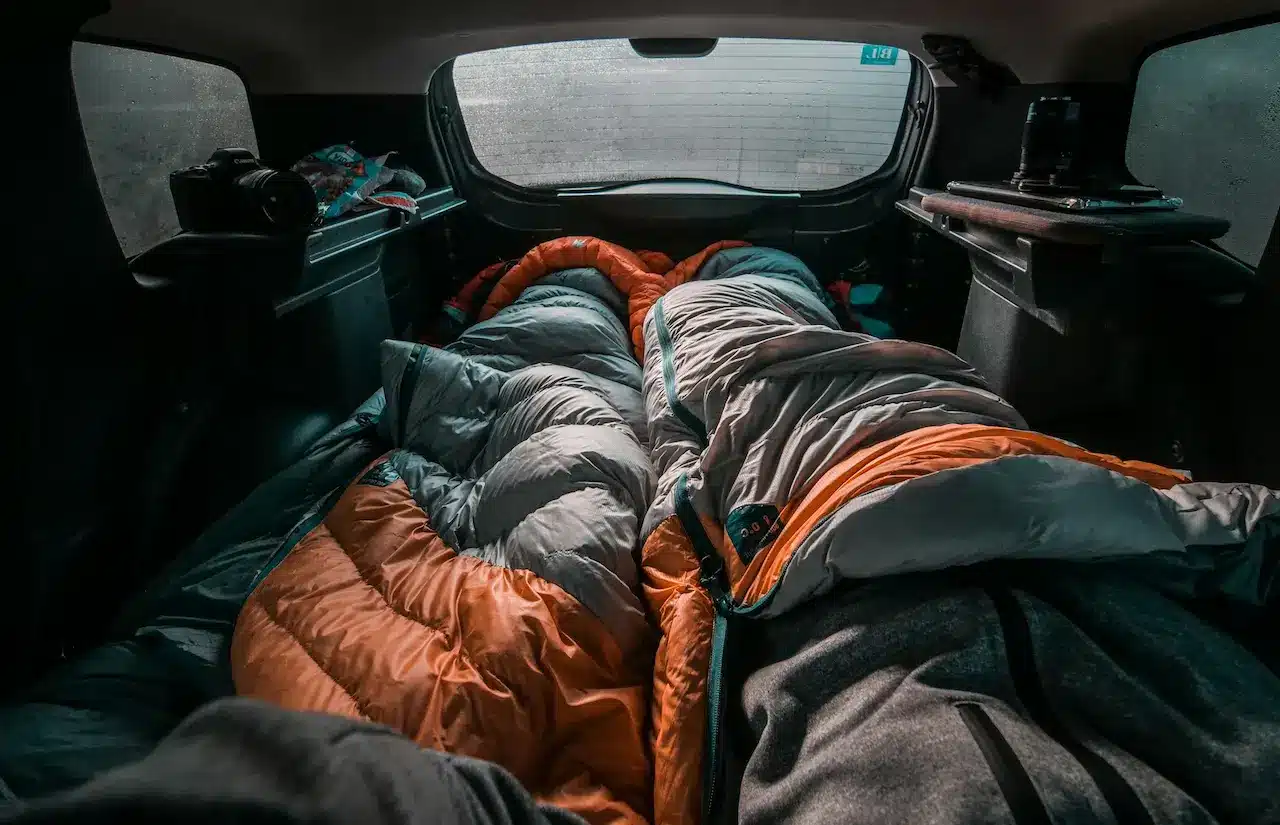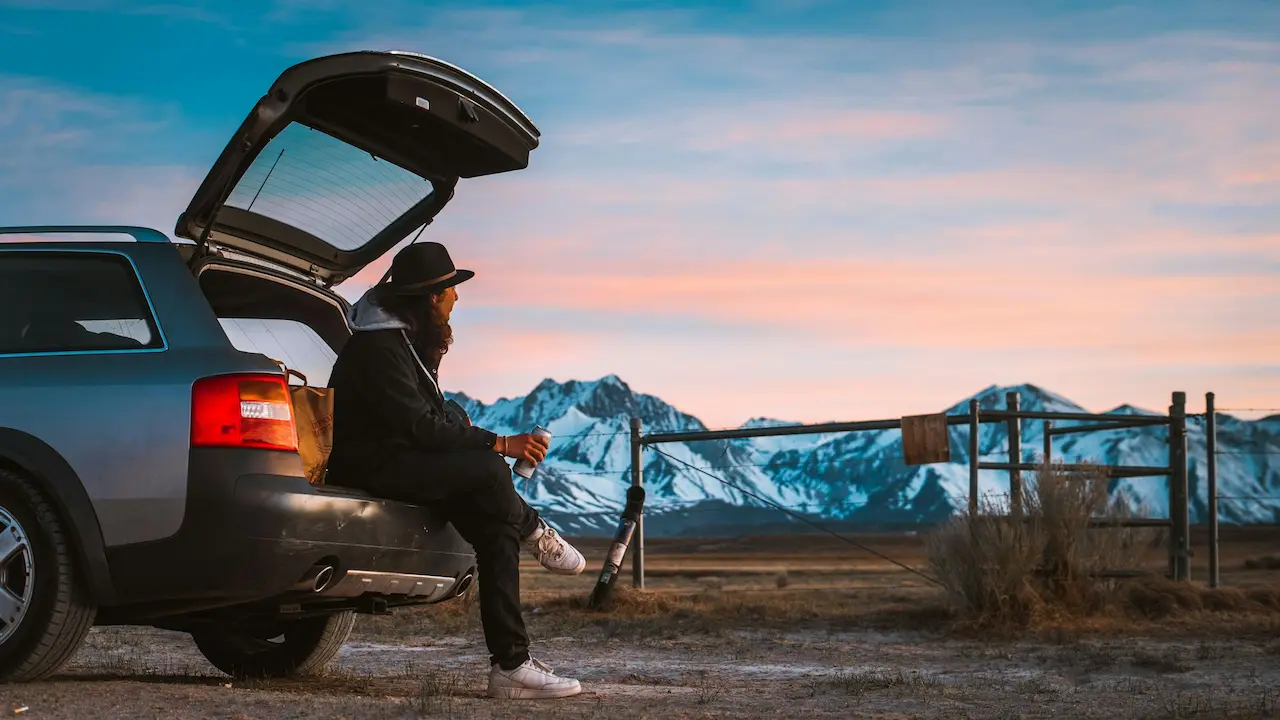The engine hums quietly as dawn light filters through towering pines, and you’re miles from the nearest gas station with nothing but winding mountain roads ahead. Your car isn’t just transportation on these journeys—it’s your lifeline, your mobile basecamp, and sometimes your only shelter when weather turns unpredictable.
Whether you’re chasing autumn colors along Vermont’s back roads or navigating the dusty trails leading to hidden desert springs, preparing your vehicle for extended nature drives requires more thought than your typical weekend grocery run. The difference between a memorable adventure and a roadside emergency often comes down to the prep work you do before you even turn the key.
Why Nature Drives Demand Different Preparation
Remote driving presents challenges you won’t face on interstate highways. Cell service disappears. Gas stations become sparse. Road conditions shift from smooth asphalt to gravel, dirt, and sometimes barely-there tracks that test your vehicle’s limits and your driving skills.
Your car needs to handle temperature extremes, from mountain passes where snow lingers into late spring to desert valleys where summer heat radiates off the pavement in shimmering waves. Add in the possibility of sudden weather changes, and you begin to understand why seasoned adventurers treat vehicle preparation as seriously as they do their hiking boots and camping gear.
The goal isn’t just getting there—it’s getting there safely, comfortably, and with enough confidence to truly enjoy the journey.

Essential Fluids: Your Car’s Lifeline System
Start with the basics that keep your engine running smoothly. Check your oil level and quality, especially important when you’ll be climbing steep grades or navigating extended low-speed terrain. Fresh oil handles temperature variations better and provides superior protection during demanding drives.
Coolant levels become critical when you’re far from help. Top off your radiator and check the mixture ratio—you want protection against both freezing and overheating. While you’re under the hood, inspect hoses and belts for wear. A cracked belt or leaking hose can strand you hours from the nearest town.
Don’t overlook brake fluid, power steering fluid, and windshield washer fluid. That last one might seem minor until you’re driving through a dust storm or behind another vehicle on a dirt road. Clean windshields aren’t just about visibility—they’re about safety when you’re navigating unfamiliar terrain.
Tire Strategy for Mixed Terrain
Your tires are your only connection to whatever surface lies ahead. Check tread depth, but also examine sidewalls for cracks or bulges that could fail under stress. Proper inflation matters more on long drives, where under-inflated tires generate excess heat and increase the risk of blowouts.
Consider the terrain you’ll encounter. All-terrain tires offer versatility for mixed surfaces, while highway tires excel on pavement but struggle on loose gravel or sand. Don’t forget your spare—check its pressure and condition. A flat spare tire discovered at the worst possible moment ranks among the most frustrating automotive experiences.
Carry a portable air compressor for adjusting tire pressure as conditions change. The ability to air down for sand or soft surfaces, then reinflate before hitting pavement again, opens up possibilities for exploring more challenging routes.

Driver Comfort for Extended Hours
Long drives demand attention to your own comfort and preparation. Research tracking driver behaviors over millions of miles shows that drowsiness and fatigue significantly increase incident risks, particularly during extended driving periods. Mountain roads and backcountry routes require sustained focus, making driver comfort and alertness critical safety factors when you’re far from populated areas.
Quality driving gear helps maintain comfort and focus throughout your journey. When you shop CorvetteGuys.com for apparel designed with driving enthusiasts in mind, you’ll find clothing engineered for both comfort and style during long road adventures. The right combination of breathable fabrics and practical design keeps you comfortable whether you’re navigating winding canyon roads or making frequent stops to explore scenic overlooks.
Adjust your seat and mirrors before departure, and bring extra layers for changing conditions. Sunglasses, a quality hat, and comfortable footwear all contribute to a more enjoyable driving experience when you’re covering serious miles through varied terrain.

Emergency Kit Essentials That Actually Matter
Skip the basic roadside assistance kit from the auto parts store. Build something more comprehensive that addresses the realities of remote driving. Include jumper cables or a portable jump starter, basic tools for minor repairs, duct tape, zip ties, and a multi-tool.
Pack extra water—not just for drinking, but for your radiator in case of overheating. A gallon or two doesn’t take much space but provides peace of mind when you’re crossing long stretches between services. Whether you’re planning safe camps or just day trips, reliable emergency supplies become your safety net when things go wrong. Add some non-perishable snacks, a flashlight with extra batteries, and a first aid kit.
Paper maps deserve a place in your emergency kit. GPS systems fail, cell phones lose signal, and sometimes the old-fashioned paper backup saves the day. Choose maps that show topography and smaller roads, not just major highways.
Power and Connectivity Backup Plans
Extended drives drain your devices faster than usual. Navigation apps, music streaming, and frequent photo stops consume battery power quickly. Bring multiple charging cables and consider a car charger with multiple ports for passengers’ devices.
NHTSA data shows that handheld device manipulation rates drop significantly during poor weather conditions, highlighting how challenging driving environments naturally discourage device use. This reinforces why having reliable, hands-free connectivity solutions becomes essential for remote driving, where weather can change rapidly and you can’t afford distractions.
Satellite communicators offer two-way messaging when cell towers disappear entirely. They’re not cheap, but they provide genuine peace of mind for solo travelers or families venturing into truly remote areas.
Weather Preparation and Seasonal Considerations
Mountain weather changes without warning. Pack layers for yourself, but also consider what your car needs for unexpected conditions. Emergency blankets take up minimal space but provide crucial warmth during breakdowns in cold weather.
Your vehicle’s setup should reflect the environments you’ll encounter—rugged looks built for park terrain aren’t just about aesthetics. Protective accessories like skid plates, brush guards, and all-weather floor mats serve practical purposes when you’re navigating challenging conditions. Summer desert driving demands different preparation: extra water, sunshades for windows, and understanding how heat affects your engine’s performance become priorities.
Check weather forecasts, but prepare for conditions beyond the prediction. The difference between an adventure story and a survival situation often comes down to having the right supplies when nature surprises you.
Fuel Strategy for Extended Range
Calculate your route’s fuel requirements conservatively. Note gas stations along your path, but don’t depend entirely on digital information—stations close, pumps break, and hours change seasonally in tourist areas.
Carry extra fuel when your route includes long stretches between stations. Jerry cans designed for automotive use transport safely and legally. Even five extra gallons significantly extends your range and provides crucial buffer for unexpected detours or traffic delays.
Consider fuel efficiency modifications for your specific trip. Removing unnecessary weight improves mileage, while roof carriers increase wind resistance. Find the balance between preparation and efficiency that works for your adventure style.
The Peace of Mind Factor
Thorough preparation transforms long nature drives from potentially stressful experiences into genuinely enjoyable adventures. When you trust your vehicle and your emergency preparations, you drive with confidence. You explore side roads with curiosity rather than anxiety. You stop for scenic views without worrying about getting back on schedule.
The best-prepared drivers often have the least dramatic stories to tell—because their preparation prevented problems from becoming emergencies. That’s exactly the kind of boring success story you want from your next extended journey into nature’s most beautiful places.
Your car becomes an extension of your adventurous spirit when it’s properly prepared. Take the time to get it right, and focus on what really matters: the open road, the changing landscapes, and the freedom that comes from knowing you’re ready for whatever lies around the next bend.

